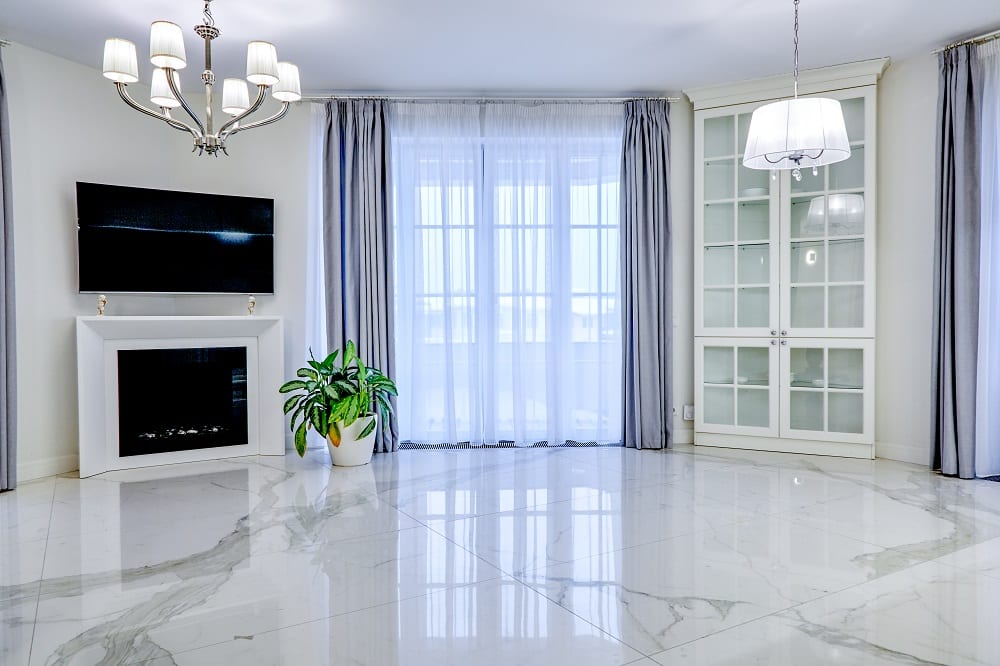You want flooring that’s not only beautiful, but tough enough to withstand adverse conditions. These options can fit the bill.
Wool Carpet
This natural fiber carpeting is resilient and is more durable than most synthetics. Wool is highly fire-resistant, water-repellent, and is a good insulator. A wool-hemp carpet blend provides more mold and mildew resistance, as well as pest resistance, than wool by itself.
Cork
Cork has super-unique qualities that set it apart from any other naturally-existing material. It’s lightweight, fire-resistant, mold- and mildew-resistant, termite-resistant, impermeable to both gas and liquid, and antimicrobial. Yeah, all of those.
This material has a cushiony feel underfoot, and because it’s a natural acoustic and thermal insulator it tends to leave rooms quiet and warm. Cork is also a sustainable product that has a minimal negative impact on the environment, since it can be harvested from the bark of the same cork oak tree (one that’s at least 25 years old) every eight to 14 years after the initial harvest—for the lifetime of the tree. On average cork oak trees can live between 150 to 200 years—some are known to live for up to 800 years, so their sustainability cannot be overstated.
Bamboo
This flooring choice is not only termite-resistant, but it’s stronger than teak, walnut, red oak, and cherry hardwoods. Despite its superior durability, the cost of bamboo flooring is still competitive with hardwoods. After a bamboo tree is planted it can be harvested within four to six years, making it a rapidly renewable resource.
Terrazzo Tiles or Planks
Terrazzo floors are made up of small colored chips of glass, masonry, stone, tile, or concrete that’s bound together using an adhesive matrix that is epoxy or concrete-based. Terrazzo won’t chip, burn, stain, or support bacterial growth. This floor can last over 40 years, after which it can be recycled to create new floors.









